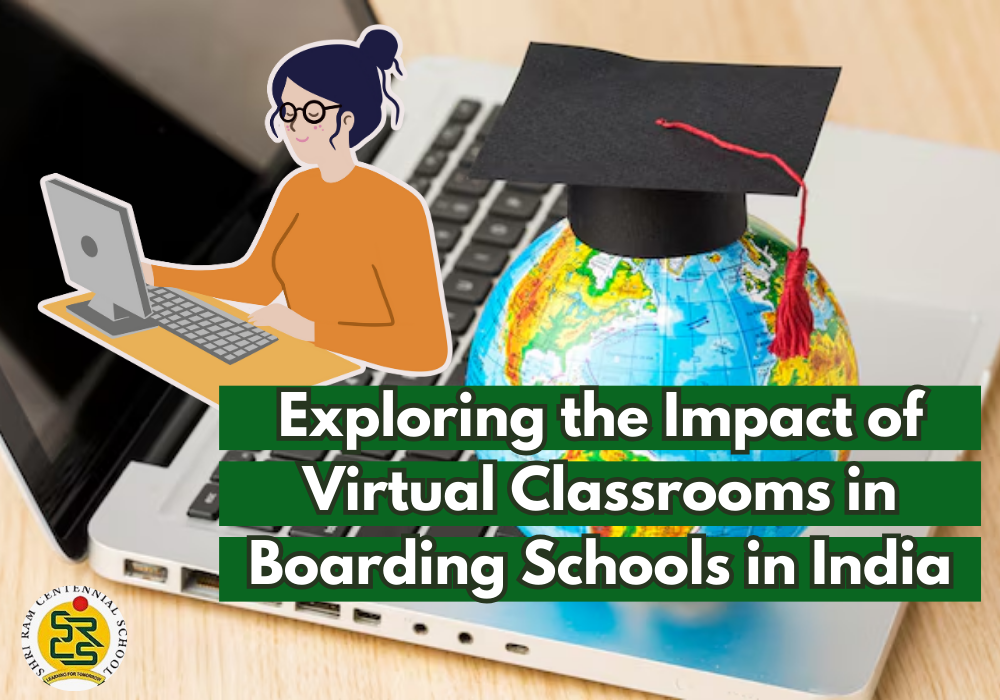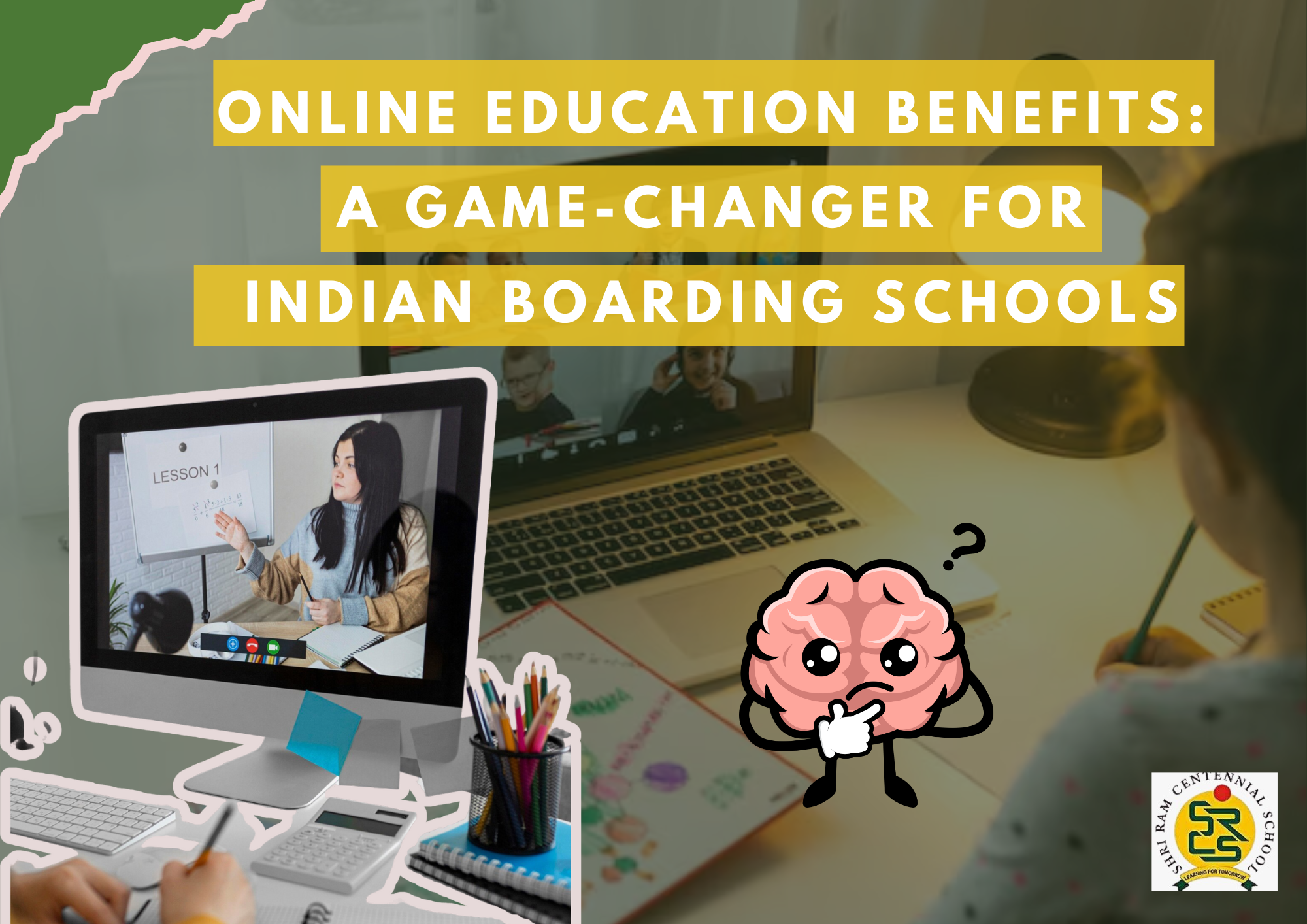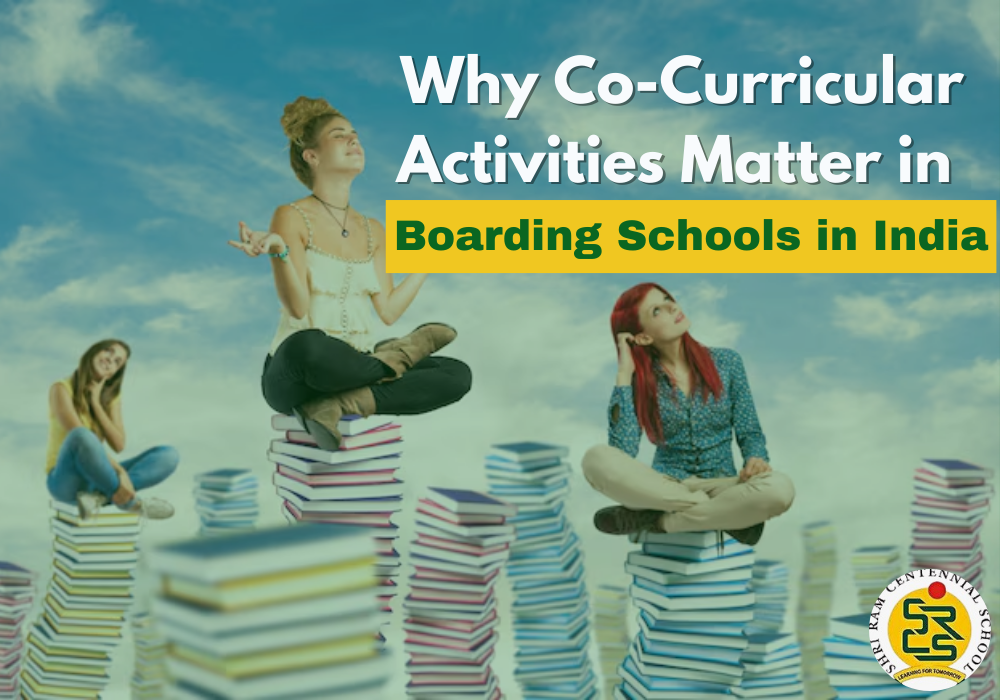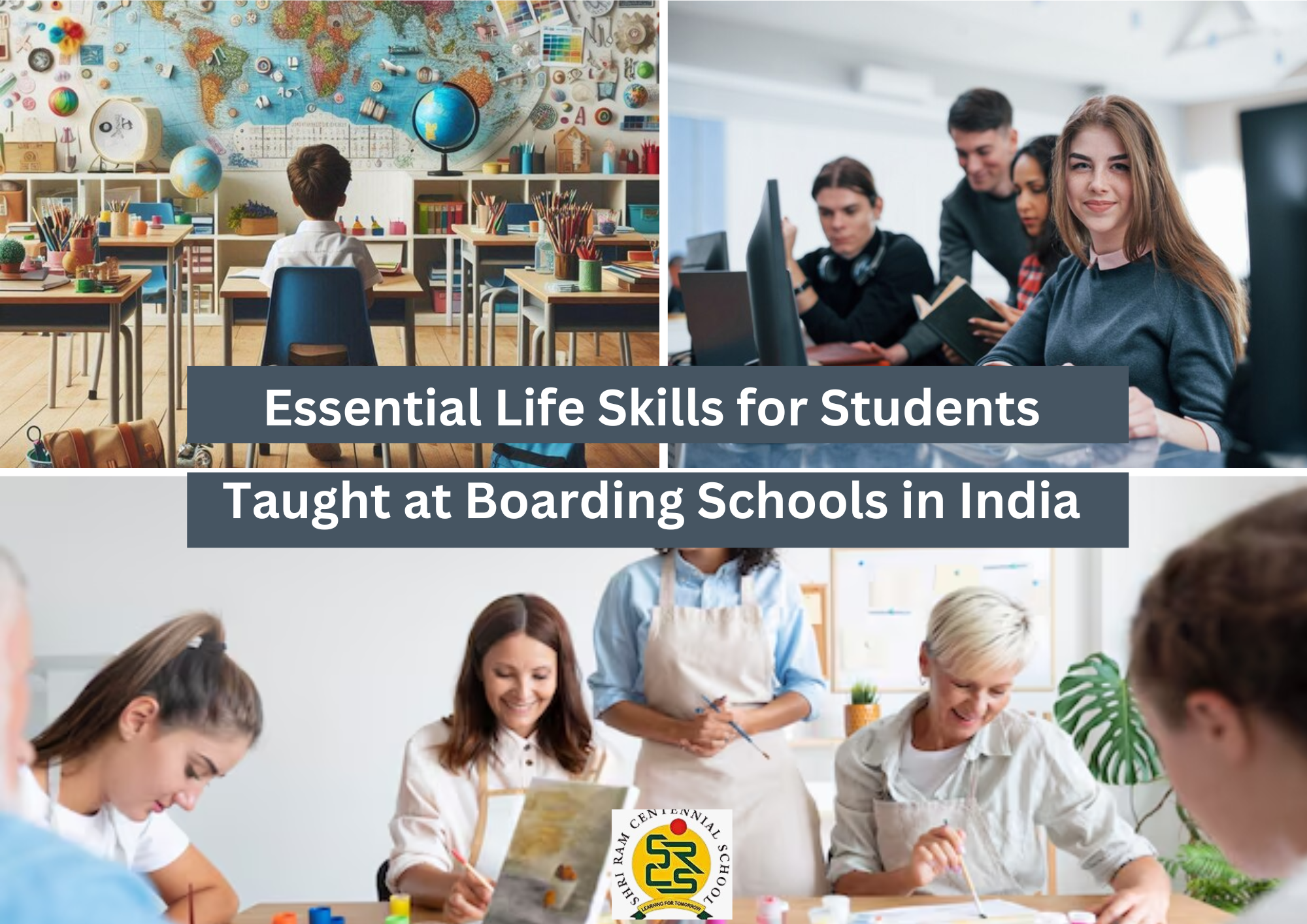In today’s rapidly changing world, technology has become an integral part of education, especially in the wake of the pandemic.
The traditional classroom experience is evolving, and one significant transformation has been the shift towards virtual classrooms.
Boarding schools in India, like Shri Ram Centennial School, are embracing this modern approach to enhance the learning experience of students.
But how has the integration of virtual classrooms affected education in these schools? Let’s explore the profound impact and the future of virtual education in Indian boarding schools.
What Are Virtual Classrooms?

Virtual classrooms refer to an online learning environment where teachers and students engage in real-time sessions through the internet.
Unlike conventional classrooms, where students physically attend classes, virtual classrooms bring the learning experience directly to students’ screens. These classrooms use various tools such as video conferencing, online discussions, quizzes, and interactive lessons to create a dynamic learning experience, regardless of location.
The concept is not entirely new, but its widespread adoption in Indian boarding schools is a relatively recent phenomenon, spurred by the necessity of remote learning due to the pandemic. However, the benefits of virtual classrooms extend far beyond the pandemic, offering a fresh perspective on how education can be delivered in a modern, tech-savvy world.
Benefits of Virtual Classrooms in Boarding Schools
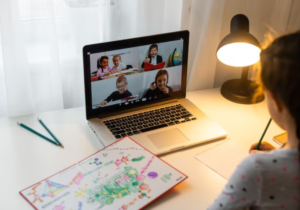
1. Access to Quality Education from Anywhere
One of the most significant advantages of virtual classrooms is the ability to provide quality education without geographical limitations. Students at boarding schools, especially those in remote areas, can now access lessons from expert teachers, attend guest lectures from international speakers, and participate in a wide array of learning experiences.
Boarding school students, regardless of their location, can join classes in real-time and interact with peers and teachers. This is particularly beneficial for those who might not have easy access to highly skilled teachers in their vicinity. For students in boarding schools far from cities, virtual classrooms open doors to top-tier education with the click of a button.
2. Flexibility and Convenience
Traditional schooling requires students to attend classes in person, which can be quite rigid. On the other hand, virtual classrooms offer unmatched flexibility. Students can learn at their own pace and access materials anytime, anywhere.
This flexibility is especially important in boarding schools, where students often have a packed schedule with extracurricular activities, sports, and personal commitments.
With virtual lessons, students can balance their academic learning with other activities.
Whether it’s revisiting a difficult topic or catching up on missed lessons due to travel or illness, the convenience of virtual classrooms makes it easier for students to manage their time efficiently.
3. Enhanced Learning Tools
Virtual learning platforms offer a host of tools that can enhance the overall learning experience. These tools include interactive whiteboards, live chats, virtual breakout rooms, and collaborative document editing.
These resources encourage active participation and make learning engaging and fun.
For example, a virtual classroom might allow students to split into smaller groups to work on projects, creating a collaborative environment that is often hard to achieve in traditional settings.
Additionally, teachers can use multimedia presentations, videos, and interactive content to explain complex concepts more effectively.
4. Personalized Learning Experience
Every student has their own unique pace and learning style. In a traditional classroom, it can be difficult for teachers to cater to every student’s needs. However, virtual classrooms offer personalized learning paths.
Teachers can track individual progress and tailor lessons accordingly, ensuring that no student is left behind.
Through the use of online assessments, quizzes, and feedback, teachers can identify which students are struggling with specific concepts and provide additional resources or one-on-one sessions to address those challenges.
This personalized approach is something that virtual classrooms excel in, making them an ideal tool for students in boarding schools.
5. Cost-Effectiveness
Virtual classrooms can also help reduce the overall cost of education. While the initial investment in technology may seem steep, the long-term cost savings are significant. Boarding schools often face high infrastructure costs, including classroom space, transportation, and maintenance.
By integrating virtual classrooms, these costs can be minimized, enabling schools to invest in other areas such as curriculum development, teacher training, and student welfare.
Additionally, virtual classrooms reduce the need for physical textbooks, as online resources can replace printed materials. This makes education more affordable for parents while ensuring that students have access to the latest learning resources.
Overcoming Challenges with Virtual Classrooms

Despite the many benefits, the transition to virtual classrooms comes with its set of challenges. For one, students need access to reliable internet and devices. In rural or remote areas, where internet connectivity can be unreliable, this can be a major hurdle. Moreover, not all students may have the self-discipline required to learn independently in a virtual environment.
To overcome these challenges, many boarding schools in India are investing in better infrastructure and providing students with the necessary devices to attend classes. Additionally, teachers are receiving professional development to learn how to engage students effectively in an online environment. The future of virtual classrooms depends on these institutions addressing these challenges and continuously improving the online learning experience.
Virtual Classrooms and the Future of Education in Boarding Schools
The shift towards virtual classrooms marks a significant change in the way education is delivered. While traditional classroom settings will always have their place, virtual learning offers a host of advantages that make it a viable alternative or supplement.
The flexibility, access to quality resources, and personalized learning experiences make virtual classrooms an exciting development in the field of education.
As technology continues to evolve, we can expect even more innovations in the virtual learning space. With advancements in artificial intelligence, virtual reality, and machine learning, the experience of studying in virtual classrooms will only get better, more interactive, and even more immersive.
For parents and students in boarding schools, it is essential to understand the potential of virtual classrooms in shaping the future of education. As students embrace this new way of learning, they are not just gaining knowledge but also the skills necessary to navigate an increasingly digital world.
Conclusion
In conclusion, virtual classrooms are transforming the educational landscape of boarding schools in India, offering opportunities for enhanced learning, flexibility, and accessibility.
They are breaking down geographical barriers, providing personalized education, and offering tools that make learning more engaging. However, challenges related to infrastructure and self-discipline need to be addressed to ensure that all students can benefit fully from this new form of education.
For both students and parents, it is important to embrace this shift towards virtual classrooms as a powerful tool that can unlock new educational opportunities and ensure that students are well-prepared for the future.
Whether you are a parent considering a boarding school for your child or a student experiencing the transition to virtual learning, the future of education is here, and it is virtual






